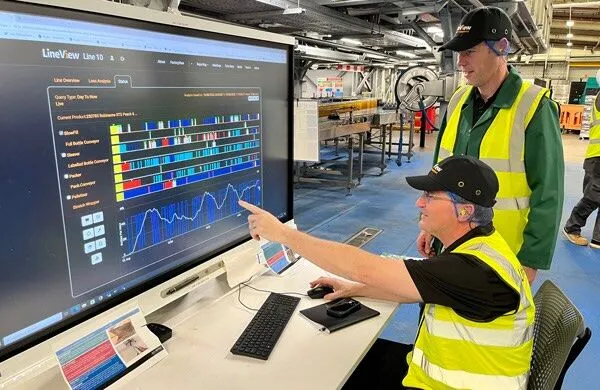
By Steve Adams May 17, 2024
Collected at: https://www.plantengineering.com/articles/improving-oee-and-mitigating-energy-costs/
A report from Make UK and Inspired PLC revealed 92% of manufacturers already consider net zero as a priority for their business and 60% view it as a commercial opportunity. The most important takeaway from the report, however, is that increased energy efficiency is seen as a key approach to achieving net zero and achieving growth – particularly as 60% of manufacturers perceived the rising cost of energy bills as the biggest threat to business.
This is unsurprising when you consider that energy costs have a direct impact on production, distribution, and overall operational expenses. The connection which may not be as obvious, however, is that achieving energy efficiency will not only support net zero goals but can also lead to substantial cost savings, better performance, longer equipment life, and can even save time and create jobs.
Powering savings
Achieving energy efficiency is not possible without having an ability to understand and benchmark current performance – which is why enabling access to live and historical energy data is a key requirement.
However, it is not just energy data that holds the key to unlocking reduced operational costs and achieving net zero. Companies need to be capturing and tracking data points across entire production lines to identify areas for improvement.
Overall equipment effectiveness (OEE) is a measure of how effectively a manufacturing process is performing – lies at the heart of achieving more than just operational efficiency. It could also be the key to mitigating the impact of rising energy costs.
For example, if a line is running at 50% of manufacturing efficiency, it is not utilizing assets sustainably. The impact of this of course, is the team has to operate the plant 40 to 50% longer than if it were running more efficiently. This results in increased energy use and rising operational costs.
Software solutions can help bolster OEE and by making the connection between energy consumption and OEE, it is possible to get a complete picture of the production process, using data-driven insights to identify areas where performance issues are occurring.
Operational efficiency
Ultimately, the OEE of a manufacturing process has the potential to unlock manifold improvements. By looking at manufacturing efficiency through a broader lens, it is possible to achieve increased productivity, reduced downtime and reductions in wasted resources such as water, nitrogen, CO2 and even labor – resulting in maximized output and reduced production costs.
Regardless of whether the motivation for achieving energy efficiency is reducing costs or achieving net zero – it pays to look at the bigger picture and focus on improving OEE.
Original content can be found at Control Engineering Europe.

Leave a Reply